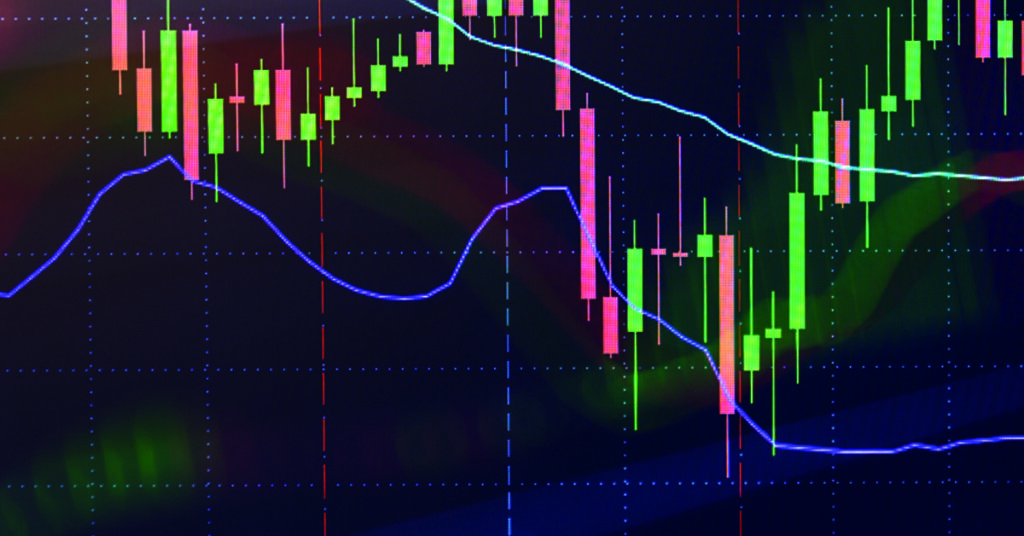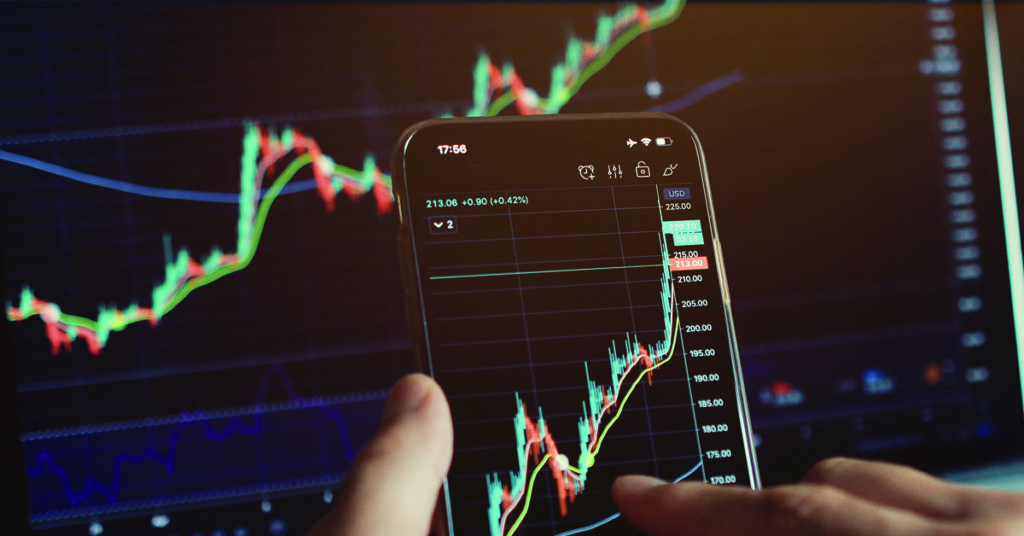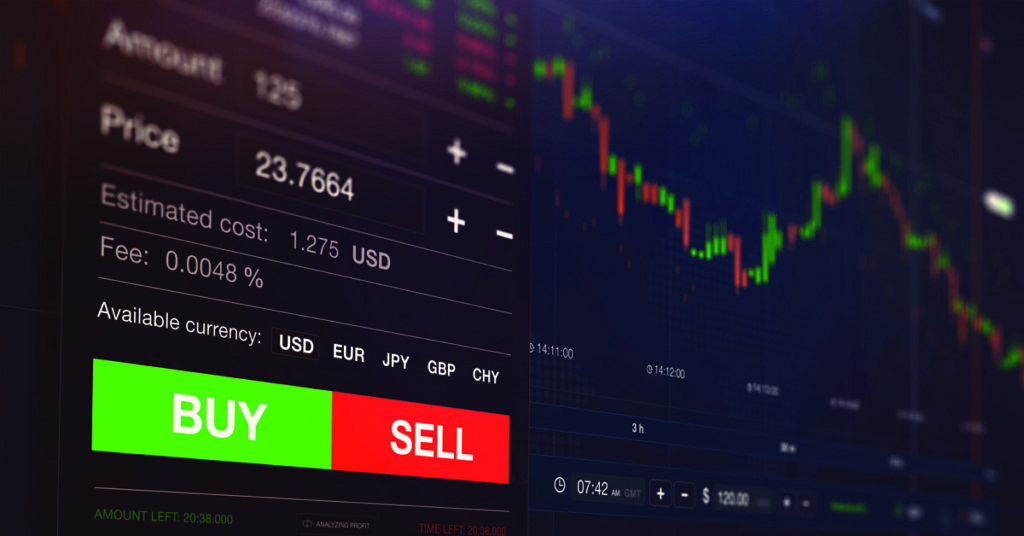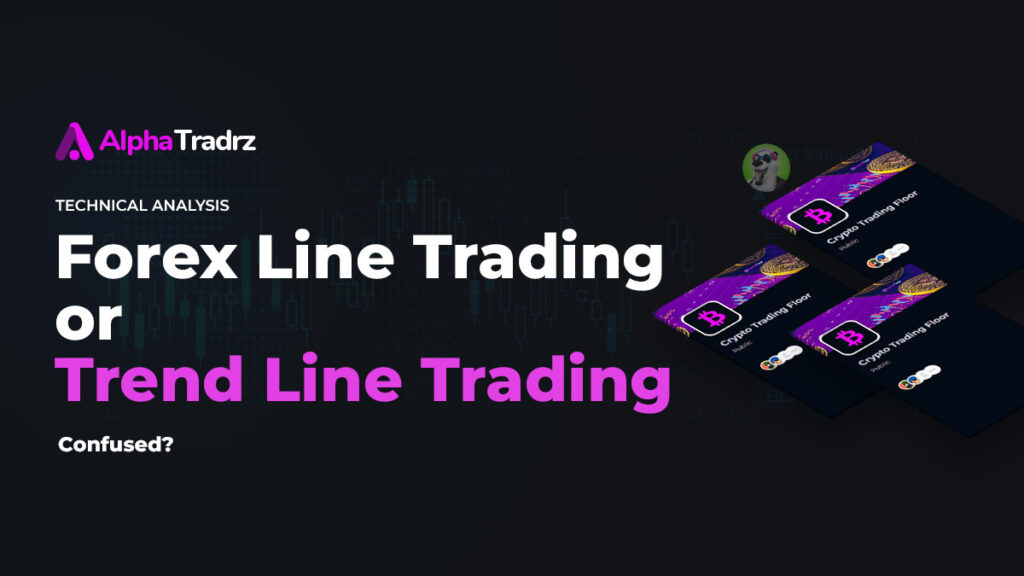What is trading slippage??

Trading Slippage.
Slippage refers to the difference between the price at which a trader intended to execute a trade and the price at which the trade was actually executed. In other words, it is the difference between the expected price of a trade and the actual price of the trade. Slippage can occur when there is a large difference between the bid and ask prices, or when there is a lack of liquidity in the market.
Slippage can occur in both the buy and sell side of a trade. When buying, slippage can occur if the market moves higher before the order is filled and the trader ends up paying more than they intended to. On the other hand, when selling, slippage can occur if the market moves lower before the order is filled and the trader ends up receiving less than they intended to.
Slippage is an inherent part of trading and can have both positive and negative effects on a trade. For example, if a trader places a buy order at a specific price and the market moves higher, the slippage may lead to a better price than originally intended. Similarly, if a trader places a sell order at a specific price and the market moves lower, the slippage may lead to a better price than originally intended. On the other hand, slippage can also lead to negative effects on a trade, such as paying more or receiving less than intended.
There are several factors that can contribute to slippage, including:
Volatility: Slippage is more likely to occur during times of high volatility, as the market is more likely to move rapidly and unpredictably.
Liquidity: A lack of liquidity in the market can also lead to slippage, as there may not be enough buyers or sellers to fill an order at the desired price.
Order size: Larger orders can also contribute to slippage, as it may be more difficult to find buyers or sellers willing to fill the entire order at the desired price.
News and Announcements: Economic and news announcements can also affect the market prices and cause slippage.
Execution Type: Different types of order execution can also cause slippage. For example, market orders are filled at the best available price, which may not be the same as the intended price, while limit orders are filled at the specified price or better.
Traders can take several steps to minimize the effects of slippage. For example, traders can use limit orders instead of market orders, which allows them to specify the exact price at which they want to execute a trade. Additionally, traders
can also use stop-loss orders, which automatically close a trade at a specified price to limit potential losses.
Another way to minimize slippage is to trade during times of high liquidity, when there are more buyers and sellers in the market. Traders can also try to break up large orders into smaller chunks and execute them over time, rather than all at once, which can reduce the chances of slippage.
Another strategy to minimize slippage is to use a direct market access (DMA) platform, which allows traders to directly access the order book of a market and execute trades at the best available prices. This can be particularly useful for traders who are looking to execute large orders or trade in less liquid markets.
Furthermore, traders can use algorithmic trading, which uses computer programs to execute trades based on pre-determined rules and parameters. Algorithmic trading can help to minimize slippage by automatically adjusting trades based on market conditions, rather than relying on human judgement which can be affected by emotions and other factors.
It is also important to note that slippage can also occur during the execution of a trade with a broker or a market maker. In this case, the broker or market maker may not be able to fill the order at the quoted price and may execute the trade at a different price. This can be caused by a number of factors, such as the broker’s own liquidity or the speed at which the broker can execute the trade. This type of slippage is often referred to as “broker slippage” or “execution slippage”
Another important aspect of slippage is the impact of high-frequency trading(HFT) on the market. HFT firms use algorithms to execute trades at a very high speed, which can affect the market prices and cause slippage for other traders. HFT firms can also use advanced techniques such as co-location, where they place their servers close to the exchanges’ servers, to get faster access to the market data and execute trades faster, which can cause slippage for other traders.
Slippage can also be considered as a cost of trading, and traders should factor in slippage when planning and executing their trades. This can help traders to better manage their risk and make more informed trading decisions.
In conclusion, slippage is an important aspect of trading that traders should consider when planning and executing their trades. Understanding the causes and effects of slippage can help traders minimize its impact and better manage their risk. Traders can also use various strategies such as limit orders, stop-loss orders, trading during high liquidity times, breaking up large orders, using DMA platforms and algorithmic trading to minimize the effects of slippage. Additionally, traders should also be aware of the impact of broker slippage and HFT on the market and factor that in when planning and executing their trades.




Responses